I purposely saved the topic of training for one of my last Kenyan Diary posts so that I could share some numbers and have more to write about.
I have two major benefits to my four week stay at the High Altitude Training Centre in Iten, Kenya:
1) training at 2400 m (7900 ft) allows my body to produce new red blood cells to carry more oxygen, hopefully making me speedier for my upcoming Virgin Money London Marathon, April 23.
2) completely devoting myself to full-time training within what I call “Runner’s Fantasy World.” Never before have I been able to focus entirely on training with nothing else to do or be concerned about for this long. When meals are made, the room is cleaned, rest and recovery is easily completed, and your entire day is built around your running with no stress or busyness, it becomes a fantasy of sorts. It’s an investment and an incredible opportunity that I am so very much enjoying but it is not something I would want to do for that much longer. My life is complete with my husband and kids #TeamDuChene.
The First Run
When preparing for my trip, many told me to be diligent in taking it easy. Ramping up the kilometres and going too hard, too early would not be wise as your body must slowly adjust. On the first day I arrived, I had my first easy shake-out run of 8km. Like many had described, I could definitely feel the lack of oxygen. Some said it would be like breathing through of a straw. To me, it was similar to the feeling you get when you reach the top of a long flight of stairs. Unpleasant but doable. Neasa took me on my first run and was taking it easy as she had completed a workout earlier that day.
Pace and Heart Rate
Thanks to Trent’s incredible support with Speed River, I knew that my pace would be approximately 15-20 seconds/km slower than sea level. Prior to coming, I was running really easy on my easy days; likely averaging about 5:30/km. Sure enough, for the first five days at altitude, I averaged about 5:45/km with a heart rate consistent to that of easy sea level runs, ~120 BPM. For days 6-20, I then averaged about 5:10-5:15/km on easy runs, again with a similar heart rate. I followed the recommendation to get used to the initial change for the first few days, then steadily ease into a more routine full-time training schedule for the next 10 days. Adapting to altitude is different for everyone so I was emailing Dave, Trent and Margo every few days. They were pleased with how I was adapting.
Workouts
After a few easy runs I did some strides on the track to get the legs moving. On day seven I got to see the large “Tuesday Track” groups when I joined Tarah and her group for half of their 1 km repeats workout. I certainly couldn’t keep their pace, but was happy to chase them, consistently finishing each rep at the same pace with a lengthy recovery period between sets. When easing into training, I knew that recovery would be very important; both in workouts between intervals and after each run. It’s certainly possible to complete a normal workout but you will pay for it in the recovery. In the first 10 days I likely napped each day out of necessity then found that I just needed to be resting and off my feet, otherwise I might not sleep as well at night. On day nine I did 9 km of tempo with Bekele. Days 14 and 16 included a bit more volume in my tempo and fartlek workouts, both with Bekele. Day 21 will be my biggest workout in this build with a 75′ tempo and day 23 will be a 25×1’/1′ fartlek for some quicker leg turnover. I will then begin my taper and head home to Ontario.
Long Runs
Shortly before coming to Iten, I completed a 40km long run so I knew mentally, that I could check that off my list for this build. I figured that my long runs wouldn’t be much more than 35-36 km at altitude; it just wouldn’t be necessary. In the first week, my longest run was 23 km as I was easing my way into training at altitude. In my second and third long runs, I joined the group for a progressive pace for total distances of 30 and 34 km. Each time we did a warm up before we started the 26 km progression on the tarmac road from Iten to Eldoret. For each progressive part, I felt comfortable to lead. In the first progression I had a faster finish with the last 5 km at goal race pace. In the second progression I pushed the pace a bit earlier but didn’t have a quick finish. I averaged the same pace for the last 24 km in both runs. My final long run will be about 35 km with no specific set pace.
Running Surfaces
One of the first things I became clearly aware of was the difficult footing. The dirt roads are easy on the body and good for recovery runs but are often rocky and uneven. I found myself constantly looking at the ground so as to avoid tripping while getting used to the change. Prior to coming, and because of our mild winter, I was able to do a decent amount of mileage on our trails that somewhat helped prepare me for what to expect in Iten. After a few days of running on the dirt paths, I ran for the first time on the tarmac road. It was easier to pick up the pace but I really noticed it in my quads. I then decided that I would continue to include some tarmac road running on most of my runs. Doing my weekly strides would be a good way to keep the firm surface in my routine in addition to my long run and tempos that I would do on the tarmac road. So far my 1 km repeats were on the dirt track and my 16 x 2’/1′ fartlek was on the tartan track. Tomorrow’s tempo will be with Tarah near her house because it’s flatter and she can provide a driver for fluid support. Likely our warm up and cool down will be on the dirt road and our quality work will be on the tarmac road. I think these four weeks might make a record for the longest time without any treadmill running!
Routes
I struggle with my sense of direction at home so in my first few runs when faced with the challenges of altitude, hills, uneven surfaces, and mouthfuls of dust, I knew there was no way I would be able to learn any routes. Eventually the challenges became normal (well, the hills that are unavoidable can still be tough) and I was able to learn some routes. The roads are not marked and turns are learned by remembering landmarks and kilometres e.g. “for the 8 km loop, go 2.3 km down the ‘all weather road’ and turn right at the shed with the shiny roof that will take you to your final right turn onto the tarmac road and back home”. It’s always a good idea to put some shillings in your pocket before venturing out, just in case you get lost and need a piki piki or matatu ride back. As long as you can get to the tarmac road, you just need to know the direction to Iten. Also, running uphill and into the wind usually means you are close to home.
Mileage
Similar to easing into workouts, we took a steady approach to returning to the mileage I was doing before coming. My weeks have been 130, 160, and 180 km. My final week will likely being closer to 190 km before my taper begins.
Schedule
Prior to coming, I was running two double days (Tues, Thurs) and four single days (Mon, Wed, Fri, Sat) with one complete rest day (Sun). It was important to keep this consistency so I was happy to fall into a nice routine of three double days (Mon, Tues, Thurs) and three single days (Wed, Fri, Sat) and one complete rest day (Sun). By doing this I am allowing myself to recover before and after workout and long run days, and evenly balance the mileage throughout the six running days.
Cross Training, Core, Strength, Sauna and Preventative Maintenance
Time spent on the bike, in the sauna and pool was a good supplement while initially building my training load. It wasn’t anything extraordinary but something I felt I could decrease when I started my final two peak training weeks. There is a 5:00 pm core class on Mon, Wed and Fri that I have completed most of the time but opt out of if I need more recovery time or want to hold back for the next day’s workout. I’ve been doing “Taylor’s dance” routine and some light strength training, about twice per week. Preventative maintenance is daily and includes the usual rolling, stretching and other floor exercises after my morning run.
G.I. (Gastrointestinal)
With travel, altitude, time zone changes and a new diet, you are more than likely to experience some sort of gastrointestinal issue. I had a few issues in the first few days but made some changes to what I would eat the night before workouts, which helped (i.e. avoid the sakuma wiki). The other reason was timing with a later dinner and earlier morning run than I am used to at home.
Weather
The weather is absolutely wonderful for running. I run more km in the morning around 6:30 am and less in the afternoon around 4:00 pm on double days. Wednesday, Friday and Saturday are single runs in the morning. Can’t say I’ve seen many people run in the middle of the day around here when it’s warm. And so far, it’s only rained in the evenings and in one afternoon when I was off (Sunday).
Fluids and Carbohydrates
I’m drinking about 5 L of water each day; 2 L in the morning, 2 L in the afternoon, and 2 glasses with each meal. Other than coffee in the morning, my eload recovery and endurance drinks, and the occasional mango juice, I don’t drink anything else.
I’ve been consistent in my carbohydrate consumption during long runs via the usual intake of gels, Eload endurance and fly. Frank has been a great support on the bike with my bottles. And so far I’ve just stored my gels in my running bra.
Treatment
I’ve been getting massage treatment from Dan, twice per week; Saturdays after my long runs, and Wednesdays, the day after and before my Tuesday and Thursday workouts. I had one appointment with Tarah’s physiotherapist in Eldoret, which also went well.
Body Compostion
Since my peak weight in December with minimal training and an abundant intake of sweets, my weight and fat mass has steadily decreased toward my goal. Kyle has done my anthro measurements and Trent, Erik, and I determined my ideal race weight. We agreed that it was important to maintain my weight, going into and training at altitude. Normally I weigh myself first thing in the morning, which I haven’t been able to do here. I have used the scale at the gym and likely only lost 1 kg (2.2 lb) in the past three weeks, which puts me in a good position to achieve my goal race weight upon my return home.
Friday, March 24
This morning I did an easy single run of 16 km with the group, and other than a trip to the Kerioview with the group and core at 5:00 pm, took it easy for the rest of the day. At dinner we put our tables together to enjoy our last meal with the Brits before their departure.
Saturday, March 25
This morning we did another progression run from Iten to Eldoret, 34km. In the afternoon, I had a massage with Dan and went to the market.
Friday, March 24
Rest day. I knew I would be up at the usual 5:3-6:00 am so I planned to walk to see the sunrise over the Rift Valley. It was striking. I sat there for a while and simply enjoyed the peacefulness, the sounds of chickens and church music, and the beauty of this earth.
For the rest of the day, I had meals with the group and worked on my computer, preparing for a few speaking engagements scheduled at the end of April. Most from the camp spent the afternoon in the lounge, relaxing while watching the IAAF World X-Country championships in neighbouring Uganda. We got a quite a bit of rain in the late afternoon so some of us just stayed there until the 7:00 pm dinner of chicken, lamb, ugali, sakuma wiki and chapatis. Again, I was in bed around 9:00 pm.
Monday, March 27
This morning a group of us met at 6:20 am to start the 14 km fartlek loop together. Some added on whereas others headed to breakfast, planning to run again in the afternoon. I showered, did some laundry and rested. At 4:00, Manuela, Julia and I did an easy 10 km then I called it a day in preparation for the next day’s peak tempo workout.
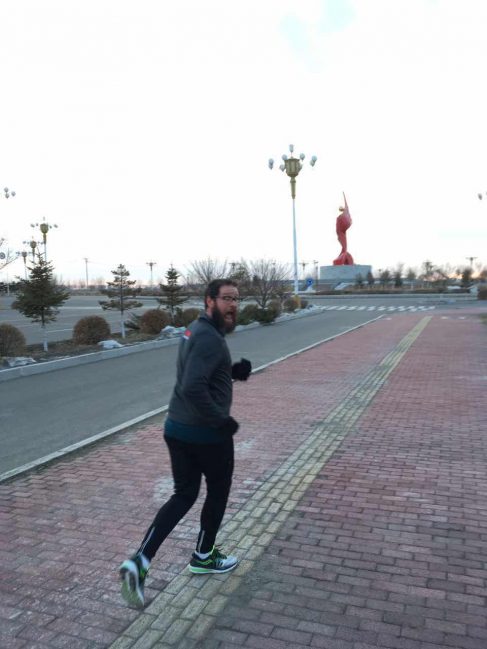
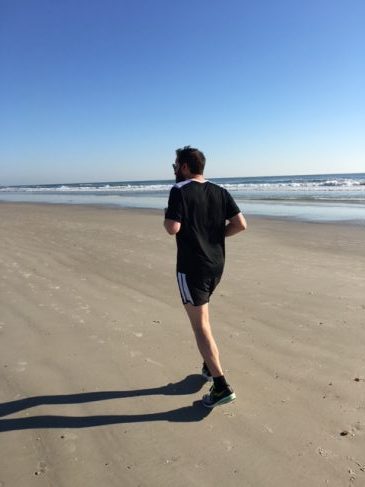
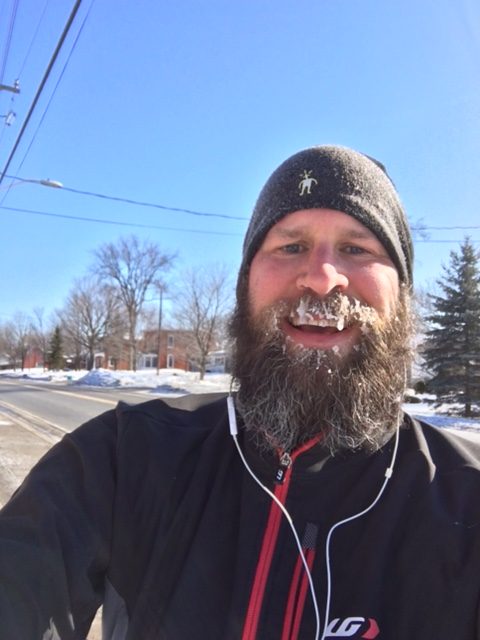







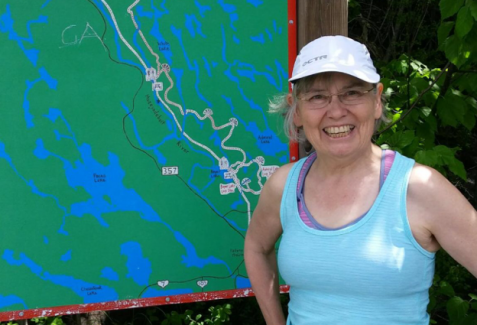

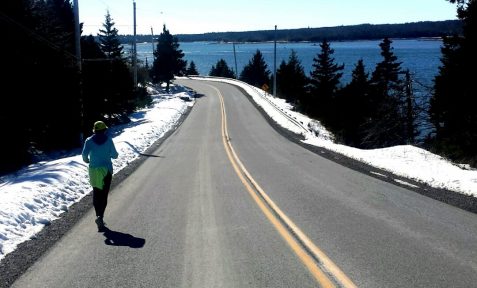


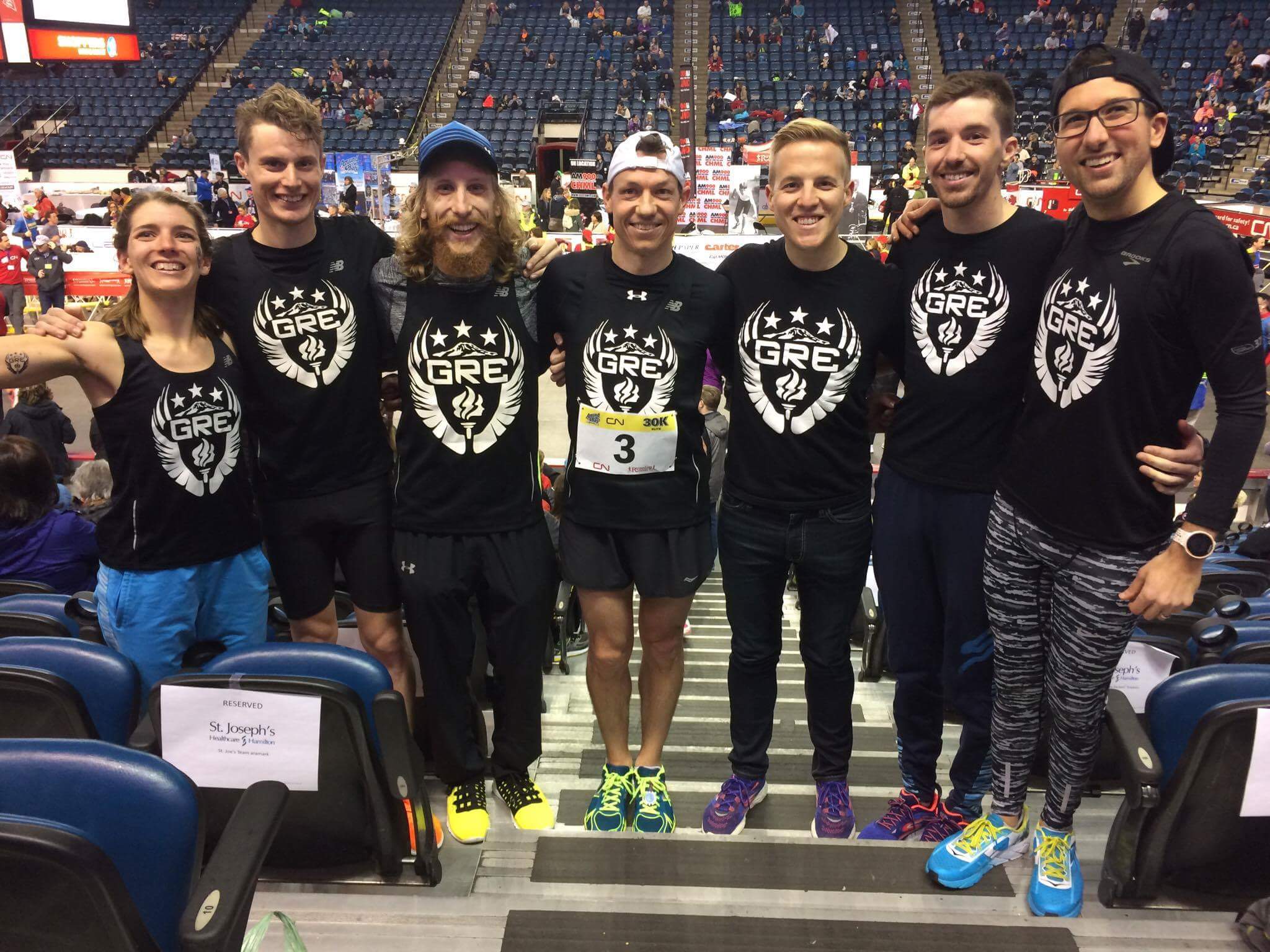

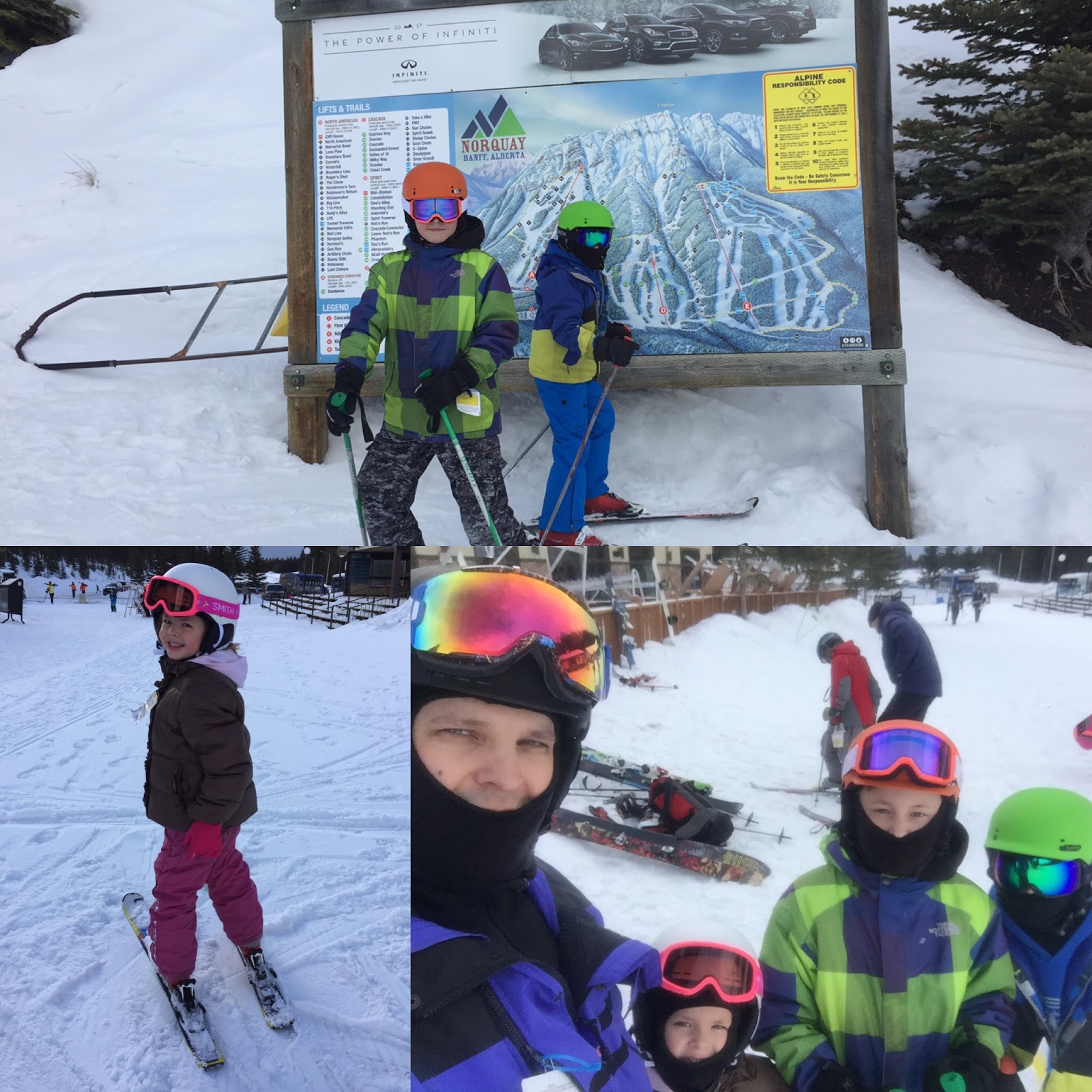
















 Our Magazine
Our Magazine Previous Release
Previous Release
